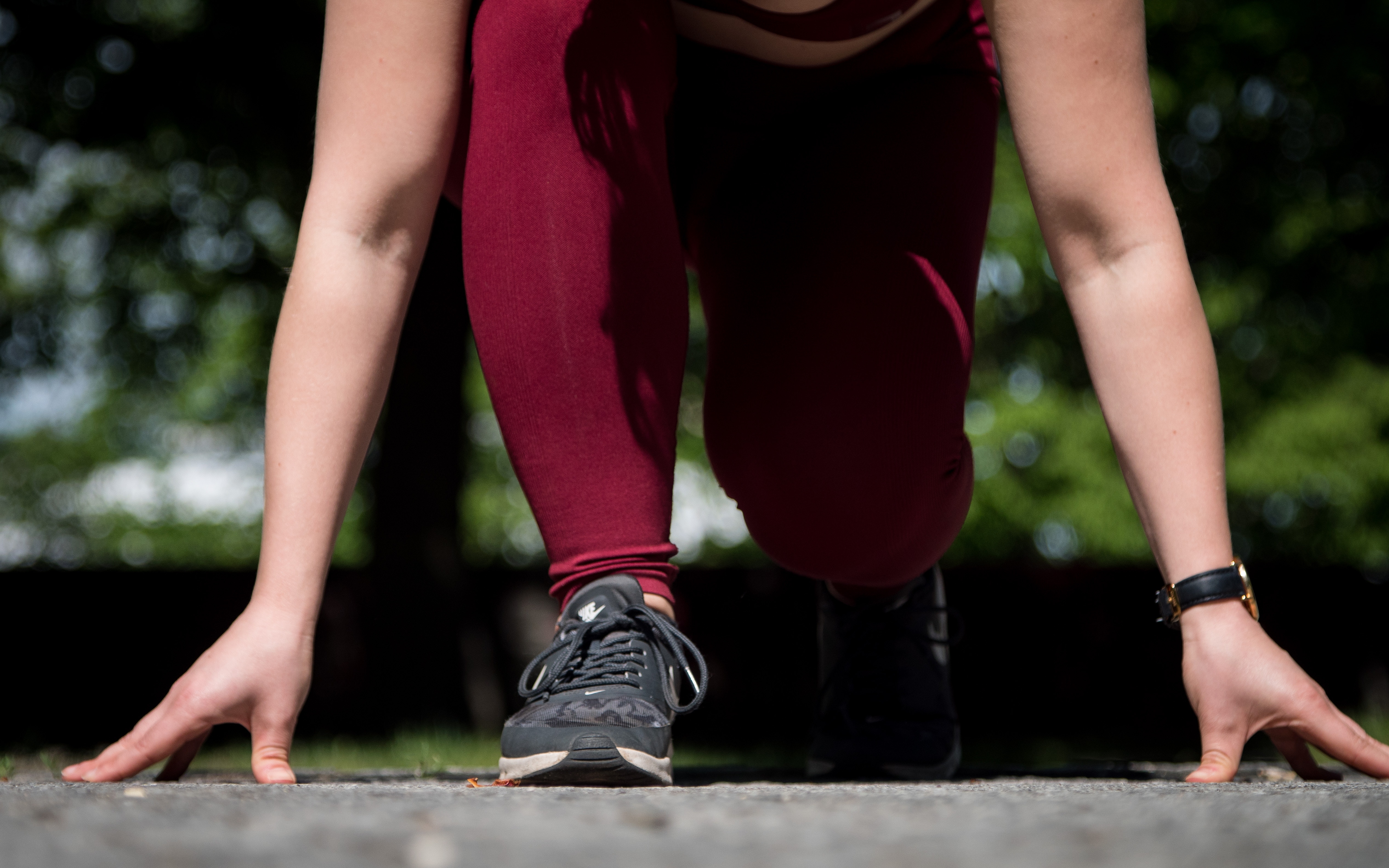How many times have you started working through a project for your business and felt stuck, unsure, or skeptical around the problem you’re trying to solve? If you’re anything like me, you probably run into that at the beginning of the project. That’s where design thinking will come into play and help you out greatly.
What is design thinking? It’s a process for creative problem solving. It helps you gather inspiration, generate ideas, and then make tangible things that provide a solution for folks. Through this process, you have the opportunity to get yourself thinking outside of the box.
It’s often used to create business processes and offers for clients. Big companies use it to think about how they’ll design a process or new project.
For example: let’s say Starbucks notices a problem in their stores where customers become impatient with the length of time it takes to get their order. They’ll use design thinking after noticing this behavior of their customers. They’ll pose the question: How can we make the process more friendly to our customers?
Because they understand why and when customers buy and, in particular, notice an issue surrounding wait times and line length, they’ll generate ideas with design thinking that could help alleviate that issue.
Then, they get curious about the solutions and what specific problem in the process they’re solving. They use design thinking to identify two places where they could save customers time: more efficiency in lines or coffee-making solutions.
I’m sure mobile ordering was a solution to figuring out how to reduce the wait time without hiring more staff. Furthermore, over time, they’ve created different machines for drive-through versus in-store purchases. Lots of efficiencies have come due to design thinking to make things better for clients.
So how can you take the power of design thinking and problem solving in your business to make solutions to real problems you customers are having?
Design Thinking Starts With This One Thing
In design thinking, you first ask a curious question.
- “How might we…?”
- “What would make X better/easier/more user-friendly….?”
- “How could we solve Y problem for Z customer…?”
You get the idea!
By noticing there is a problem (or perhaps, said differently, there is an opportunity to help or be more impactful), you have the unique ability to create a solution that will make a measurable difference in your clients’ lives.
After you pose your curious question, observe things. Gather inspiration before you generate ideas. Pay attention to how people move, how nature interacts, and so on.
When you pull together a stock of ideas, you’re letting your right brain take off. And as you know, your right brain loves creative problem solving and finding solutions. Use this to your advantage to see what it might come up with that helps you generate ways to solve your problem.
Solving Problems with Design Thinking
Once you have some inspiration, you can begin to work through solutions with your customer in mind. What is the problem you’re trying to solve for your customers and how can you design this in a way that works best for them?
As with the Starbucks example, this is where they asked, “What would make the wait time shorter?” and found they could experiment with the two paths of more efficiency in lines or quicker coffee-making solutions.
For my clients, I’ve observed that many of you like to see people in-person, but it creates a challenge with cancellations. When I’m coaching folks with this problem, we use design thinking to creatively problem solve and come up with solutions that meet the needs for both the client and the practitioner.
Three Skills You Need For Design Thinking
There are three skills you need when employing design thinking to generate ideas for solutions. After you ask your curious question, follow these steps to begin to generate creative solutions.
Ideating
The ideation phase is when you brainstorm and generate lots of ideas. The point here is to get into creativity mode and let your right brain have fun.
Then, based on your curious “How might we…” question, choose the one you want to take action on based on the balance of desirability, feasibility, and sustainability and move onto the next step.
Prototyping
This is the “doing” part of design thinking. Once you’ve picked what you think you want to experiment with, build it out and test it.
Some people do this very naturally in a process you may know as “beta testing.” Instead of thinking about making a group, they just do it and learn from it! They have an idea, then create a test group to see how it’ll work and gather feedback.
Do this as scrapily as you can. Just do it and get into it. A key component of this phase of design thinking is gathering feedback from potential clients on it. The feedback may present you with enhancements to your prototype to make it even more impactful for your people.
Prototyping is designed to help you learn, so “failing” isn’t bad! It’s all about learning and staying curious.
Iterating
The final step in design thinking is iteration. Based on what you learned in the prototype or beta testing phase, implement that for the next round. Take that information and build it into your process so you can make it stronger for the next time around.
From here, you can go back to the prototype phase and continue to streamline your process. Or you can start back at the ideation phase and run another idea through these steps if you find that your first idea didn’t answer your curious question and help your people.
The difference between design thinking and strategy is that this is playful. You get both parts of your brain engaged: the one part that’s creative and the side that’s analytical.
When you use design thinking to find solutions to problems your customers are actually having, you customers will feel like you made that just for them and be excited to support your business. They’ll trust you because you “really get them” and how to make their lives better. In turn, your business will flourish!
book a call with robin
because the world needs you and your business
Get soul-filled mindset coaching and business support to expand you, your work, and your impact.
more about robin
Mindset coach, business strategist, and soul-filled success catalyst for women entrepreneurs on the rise.
Hi, I'm Robin!










